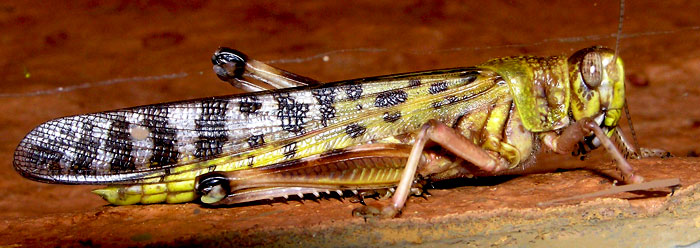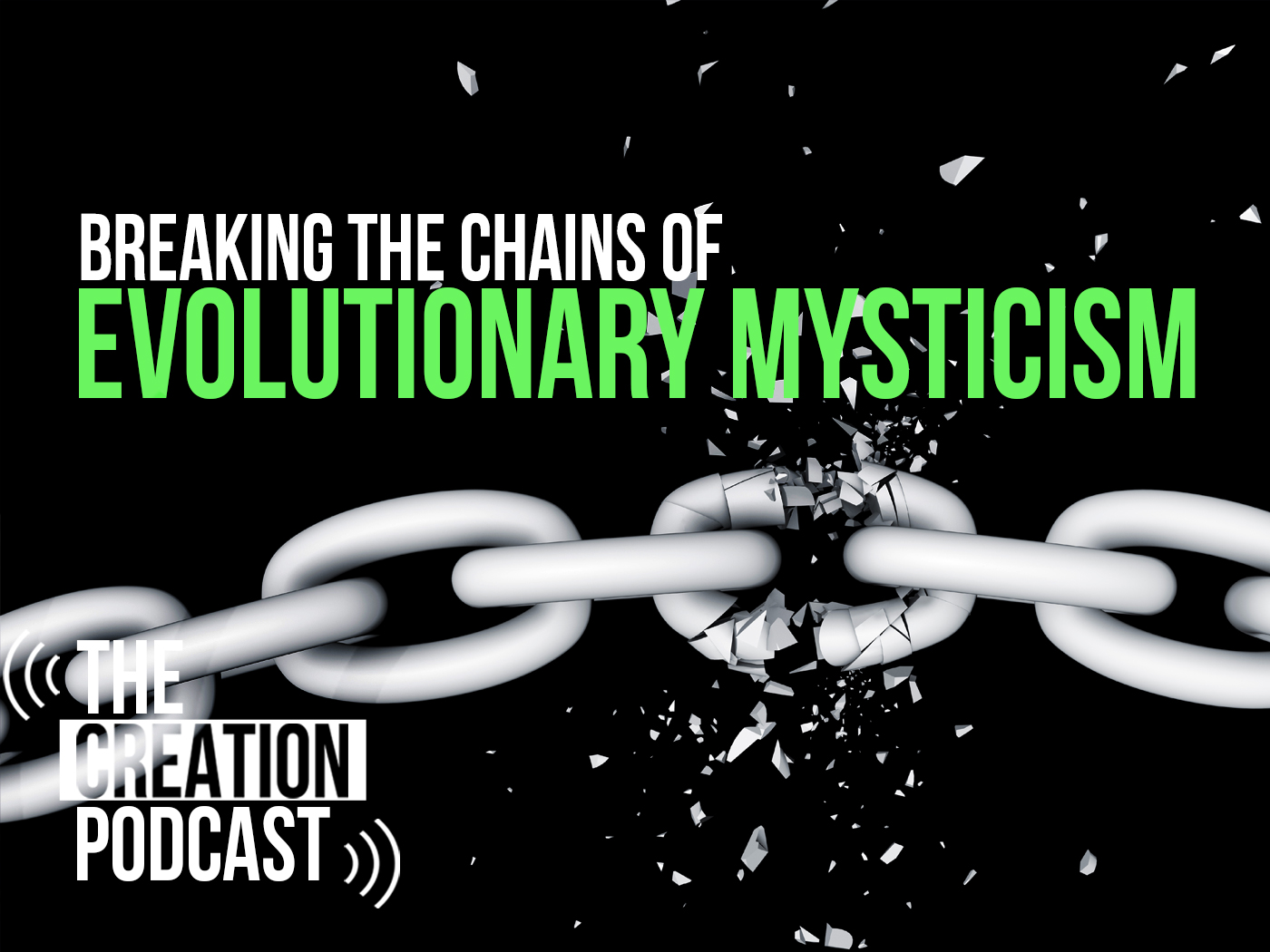In the early days of molecular genetics in the 1960s and ’70s, it was widely held that a gene could be defined as a single entity that encodes the information to make a protein. However, as genetic studies have progressed, our understanding of what defines a gene has become incredibly more complicated.1 We still hear evolutionists claim “this and that creature have the same genes and are therefore related through common descent in evolution,” but in light of recent genetic studies, this claim is grossly oversimplified.
First, the boundaries of what can be called a single gene are becoming increasingly hard to define, along with its complete set of functions. Entire chromosomes and genomes are a continuum of pervasive and overlapping transcription (copying DNA into RNA).2,3 Recent discoveries have revealed that the genes of many plants and animals are not like single entities at all but are rather a mixture of genes within genes and even genes that overlap each other.3 The regulatory control regions of genes, called promoters, can be shared by two completely different genes running in opposite directions from each other. (Genes are found on both strands of the double-stranded DNA molecule.) Enhancer regions that also play an important role in regulating gene function can be up to a million bases away from the gene they regulate. As if this weren’t enough, many genes function both forward and backward at the same time—producing both sense and antisense transcripts!4 The regulatory sequences of genes can also be located inside other nearby genes, and researchers have determined that genes dynamically interact with each other in “gene neighborhoods” much more than previously believed, to the point of blurring the boundaries between them.
Secondly, the informational output provided by genes can change depending on different circumstances. These circumstances include cell type, tissue type, and other stimuli such as the external environments.5 In the genome, both the DNA molecule itself and the histone proteins that the DNA molecule is packaged around can be chemically altered or tagged. The study of these chemical tags is called epigenetics or chromatin remodeling.5 In addition to genes having overlapping boundaries and alternate functions, the information provided by the genes is epigenetically altered by the cellular machinery to provide just the right output for the situational need at hand.
When evolutionists talk about creatures sharing the same genes, they are typically referring to very small segments of DNA in the genome. And in most cases, they are only referring to the small pieces of protein-encoding genes called exons—not the whole segment of DNA that is actually responsible for producing the information to make the correct version of the protein at the right time and in the correct amount.
But what about all the other expressed DNA sequences in the genome besides protein-coding segments—can they be called genes too? Amazingly, there are actually more than twice as many long non-coding RNA genes in the human genome as there are protein-coding genes, and these are turning out to be the key factors in what controls and regulates protein-coding genes, and in what also makes different kinds of creatures genetically unique or distinct from each other.6
Because of what we now know about the genome, you should be aware that when someone uses the term gene, the situation is a whole lot more complicated than it used to seem. To quote Dorothy from the classic movie The Wizard of Oz, “I’ve a feeling we’re not in Kansas anymore.” The biocomplexity of the genome is now reaching proportions beyond humankind’s wildest imaginations. An omnipotent Creator is the only possible explanation for such vast and elegant engineering.
References
- Portin, P. 2009. The elusive concept of the gene. Hereditas. 146 (3): 112-117.
- Djebali, S. et al. 2012. Landscape of transcription in human cells. Nature. 489 (7414): 101-108.
- Clark, M. B. et al. 2013. The dark matter rises: the expanding world of regulatory RNAs. Essays in Biochemistry. 54: 1-16.
- Antisense transcripts are believed to help regulate the genes from which they are copied in reverse—possibly by binding to the sense RNA transcripts directly or by facilitating the splicing and processing of the sense transcripts. See Pelechano, V. and L. M. Steinmetz. 2013. Gene regulation by antisense transcription. Nature Reviews Genetics. 14 (12): 880-893.
- Zhu, J. et al. 2013. Genome-wide chromatin state transitions associated with developmental and environmental cues. Cell. 152 (3): 642-654.
- Managadze, D. et al. 2013. The vast, conserved mammalian lincRNome. PLoS Computational Biology. 9 (2): e1002917.
* Dr. Tomkins is Research Associate at the Institute for Creation Research and received his Ph.D. in genetics from Clemson University.

























